Rediscovery of Fibonacci in the eighteenth and nineteenth centuries
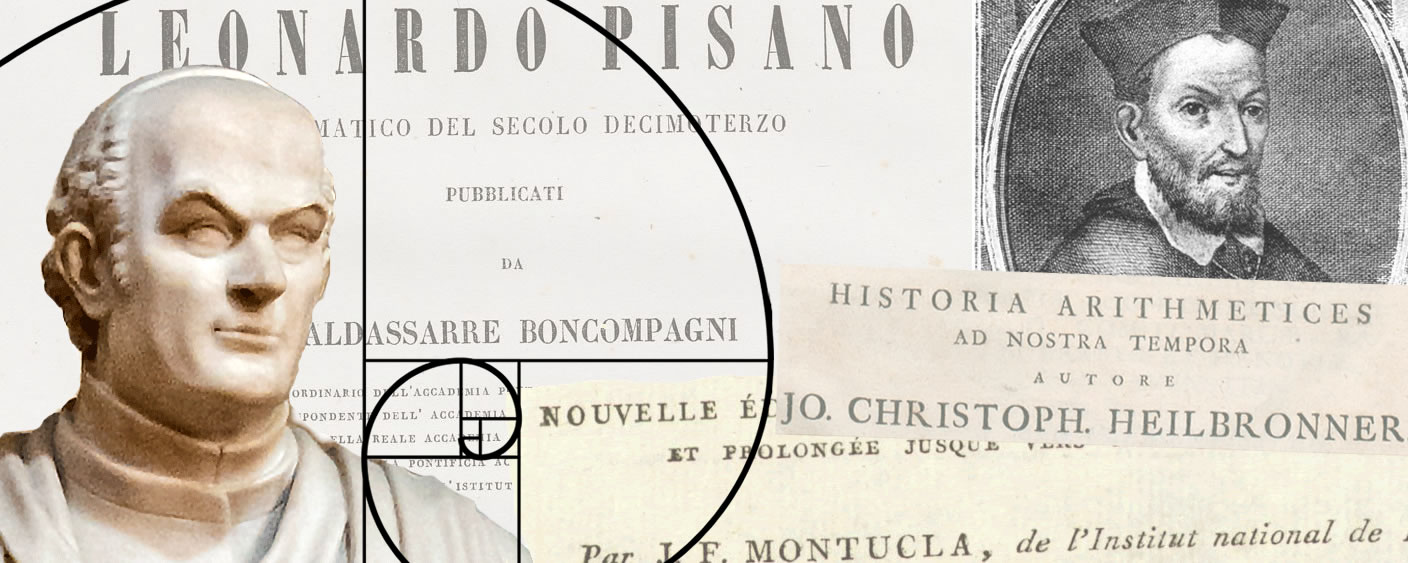
Fibonacci's work was first rediscovered in the eighteenth and nineteenth centuries. His achievements elicited admiration and were for the first time placed in a historical and cultural context. The first and only comprehensive edition of Fibonacci's complete works was also published at this time.
external page Johann Christoph Heilbronner was born in Ulm in 1706 and died in Leipzig in 1745 or 1747. Initially he studied theology, then mathematics and also gave lectures in Leipzig on this subject. Heilbronner became known for his publications on the history of mathematics. His most important work, "external page Historia matheseos" (1742), was reviewed in a number of very different ways. Jean-Etienne Montucla said about this massive and badly organised collection of material that it imparted facts that would otherwise have escaped him. Apart from lives of mathematicians, the collection also contains a compilation of Aristotle's contributions to mathematics and reviews of mathematical manuscripts found in European libraries.
The section on Leonardo of Pisa shows that Heilbronner knew little or nothing about Fibonacci's life and work. He relocated him in the fifteenth century and also confused him with John Peckham, the author of a work on optics ("Perspectiva Communis").
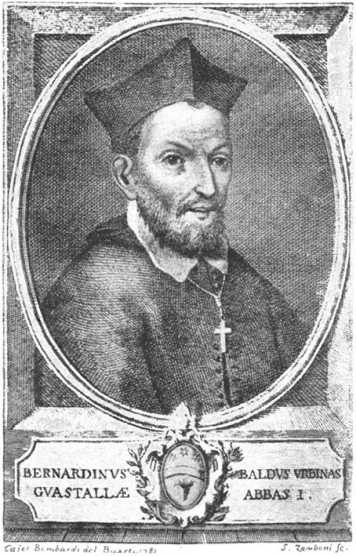
external page Bernardino Baldi was born in Urbino in 1553. After a classical education with a private tutor, he joined the circle around the famous mathematician Federico Commandino and began studying mathematics under him. In 1573 he switched to the University of Padua, where he studied medicine, philosophy and literature.
Inspired by the life of his teacher Commandino, Baldi began immediately after his death in 1575 to amass comprehensive historical and biographical material, relying on a precise study of the sources available at that time. In twelve years' work, Baldi collected more than 200 mathematics biographies, which he then recorded on almost 2,000 sides of manuscript under the title "De le vite de' matematici".
History of mathematics of modern times
This monumental work is the first comprehensive history of mathematics of modern times. However, it was never published in Baldi's lifetime and even later only in part. The bulk of the 100 other scientific and literary writings of this multifaceted universal scholar also remained unpublished. Baldi died in Urbino in 1617.
A much-used abridged version of the "Vite" is the external page "Cronica de' matematici", the first edition of which came out in 1707. It also contains a section on Leonardo of Pisa. In terms of time, Fibonacci was here located around 1400, thus almost two centuries after his actual lifetime. The article mentions among other things that Commandino had planned an edition of "Practica geometriae" and names Pacioli and Tartaglia as important recipients of Fibonacci's works.
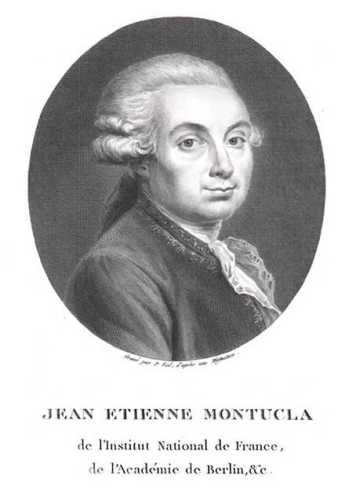
external page Jean-Etienne Montucla was born in Lyons in 1725, where he received his school education in the Jesuit college. At the age of twenty, he went to Toulouse to study jurisprudence. He also expanded his knowledge by studying in Paris, where he became friends with d'Alembert, Diderot and Lalande, and began studying the history of mathematics. Suggestions from his friends and the bookseller and publisher Charles-Antoine Jombert prompted him to write and publish a history of mathematics. The success of his first work, external page "Histoire des recherches sur la quadrature du cercle" (1754) persuaded him to press on with his "Histoire des mathématiques". A first edition of the work was published in 1758 in two volumes.
Histoire des mathématiques
Montucla's masterpiece is distinguished by an exceptional amount of material. It is the first overview that also includes the applications of mathematics. The first volume deals with the history of mathematics from its earliest days up to 1700. The second volume is entirely dedicated to mathematics of the eighteenth century. In 1799 the first two volumes of the second edition of his external page "Histoire des mathématiques" were published, by then improved, expanded and arranged over four volumes. Work on the third volume was well advanced when Montucla died in Versailles in 1799. His friend Lalande completed volumes 3 and 4 as Montucla had originally intended.
Montucla credits Fibonacci with having made the algebra of the Arabs known in Europe but, in terms of time, locates him in the fifteenth century. He obviously relied on Baldi's "Cronica de' matematici" and disregarded the advances in knowledge that Italian scholars had already made in his time.
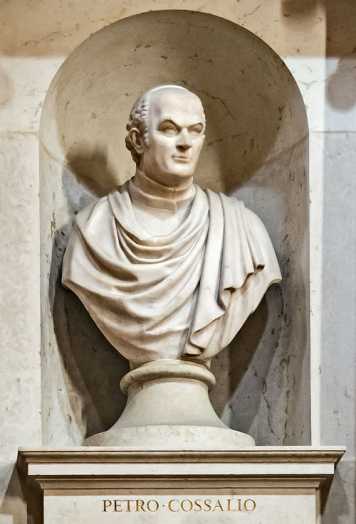
The mathematician Pietro Cossali (1748–1815) came from a noble Veronese family. From 1786 he taught physics, astronomy and hydraulics at the University in Parma. In 1806 he was appointed mathematics professor by the University of Padua. Cossali focussed on Fibonacci's work. Also preserved through him is an excerpt from the Milan codex of "Liber abaci", which was edited by Baldassarre Boncompagni together with other papers by Cossali found posthumously. With Giambattista Guglielmini, Cossali is credited as the first to have critically acclaimed Fibonacci’s work and his importance as an intermediary between the Arab world and the Western world in disseminating mathematical knowledge.
Fibonacci's acclaim
In Cossali's main two-volume work external page "Origine, trasporto in Italia, primi progressi in essa dell'algebra" (1797–1799) (Origin of algebra as it was brought to Italy and its initial advances thereat), Fibonacci's mathematical achievements are expressly highlighted in the foreword. These achievements, it said, stood at the inception of all mathematical endeavours in Italy, were continuing to have an effect throughout the world and had therefore unjustly gone without notice for a long time. The first chapter then begins with the name of Leonardo of Pisa and is dedicated to a detailed analysis of his work. With Cossali, there is also one of the earliest mentions of the "Fibonacci" name. In literature this name is often wrongly interpreted as a contraction of "filius Bonacci" (son of Bonaccio). But, as Baldassarre Boncompagni convincingly pointed out, the Fi- syllable stands for "de filiis", i.e. "from the family Bonacci". There is no indication that Leonardo of Pisa was called "Fibonacci" by his contemporaries.
external page Giambattista Guglielmini was born in Bologna in 1760 or 1763. From his earliest youth he had a tonsure. With support from Cardinal Ignazio Boncompagni, he was able to study and completed his philosophy studies at the age of 24. In 1792 in his home town he carried out his famous experiment to prove the Earth's rotation, published under the title "external page De diurno terrae motu". Guglielmini worked from 1794 until his death in 1817 as professor of mathematics at the University of Bologna, where he oversaw the conversion of monastery libraries into public and university libraries. He also built up a significant private library. This library included a manuscript of Fibonacci's "Practica geometriae", later described by Baldassarre Boncompagni in his "Scritti di Leonardo Pisano".
At the beginning of the 1812 academic year, Guglielmini delivered his eulogy to Fibonacci: "Elogio di Lionardo Pisano". In this laudatory essay, Guglielmini presented substantial documentation on Fibonacci's life and work and for the first time placed it in a cultural and historical context.
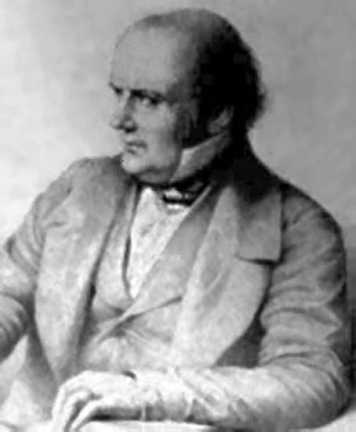
Born in Florence in 1803, external page Guglielmo Libri came from one of Florence’s oldest noble families. He was an exceptionally gifted mathematician and at the age of 17 published a work on number theory and Fermat's theorem, praised by Carl Friedrich Gauss. Libri became professor of mathematical physics in Pisa in 1823. In 1831 he had to flee to Southern France after a political scandal. He became a French citizen and taught at the Collège de France in Paris from 1833. He was elected a member of the Académie des Sciences and appointed Inspector of the Libraries of France. As professor of analysis and probability theory at the Sorbonne, Libri was also editor of the "Journal des savants".
History of mathematics from the Romans to Galileo
His four-volume, scientifically and stylistically brilliant work "Histoire des sciences mathématiques en Italie", a history of mathematics from the Romans to Galileo Galilei, was published between 1838 and 1841 and ensured him the unanimous esteem of the academic world. To escape a charge for stealing valuable books for which he was threatened with ten years’ imprisonment, Libri fled to London in 1848. In 1861 he returned to his homeland of Italy, where he died in 1869.
Libri devotes twenty-two pages to Fibonacci in the second volume of his "Histoire". He credits him with being the first to have disseminated the Indo-Arabic numeral system in the Christian world and stresses his influence on the development of mathematics in Europe. In doing so, Libri expressly takes a stand against the mathematics historian Michel Chasles, who played down the significance of Arabic mathematics and Fibonacci's role in its dissemination and tried to present the decimal place-value system as an achievement of the Western world.
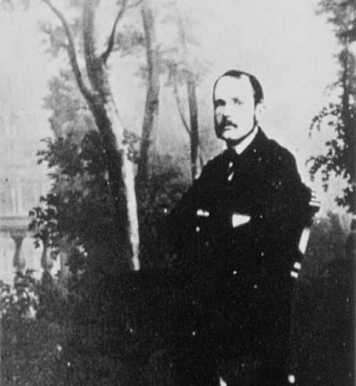
external page Baldassarre Boncompagni was born into a noble family in 1821 in Rome, where he died in 1894. He studied mathematics and physics and dedicated himself in particular to the history of mathematics. His treasured private library is said to have comprised over 600 manuscripts and 40,000 printed works. Boncompagni founded the "Bullettino di bibliografia e di storia delle scienze matematiche e fisiche", one of the first journals dedicated entirely to the history of the exact sciences. It was published from 1868 to 1887 and made a substantial contribution to the history of mathematics.
Published in 1852, "Della vita e delle opere di Leonardo Pisano" to some extent represents the foreword to his Fibonacci edition. It provides an outline of Fibonacci's life and a detailed overview of the manuscripts consulted by Boncompagni for his edition. In his searches, Boncompagni discovered another three manuscripts, which he revised under the title "Intorno alcune opere di Leonardo Pisano".
Only complete edition of Fibonacci's works
Boncompagni's most important achievement is his research into the life and work of Leonardo of Pisa. Only as a result of his efforts did Fibonacci's books become accessible to a greater audience and enable his achievements to be investigated. Between 1857 and 1862 Boncompagni – with great financial commitment and in his own printing press, Tipografia delle scienze matematiche e fisiche, housed in his palazzo in Rome – published Fibonacci's complete works under the title external page "Scritti di Leonardo Pisano". Volume 1 contains "Liber abaci", volume 2 "Practica geometriae" and the three "opuscoli": "Flos", "Epistola ad Magistrum Theodorum" and "Liber quadratorum". Boncompagni had previously published these three smaller works in three editions: "Tre scritti inediti di Leonardo Pisano" (1854), "Sopra tre scritti inediti di Leonardo Pisano" (1855) and "Opuscoli di Leonardo Pisano" (1856). To date, the "Scritti di Leonardo Pisano" is the only complete edition of Fibonacci's works.